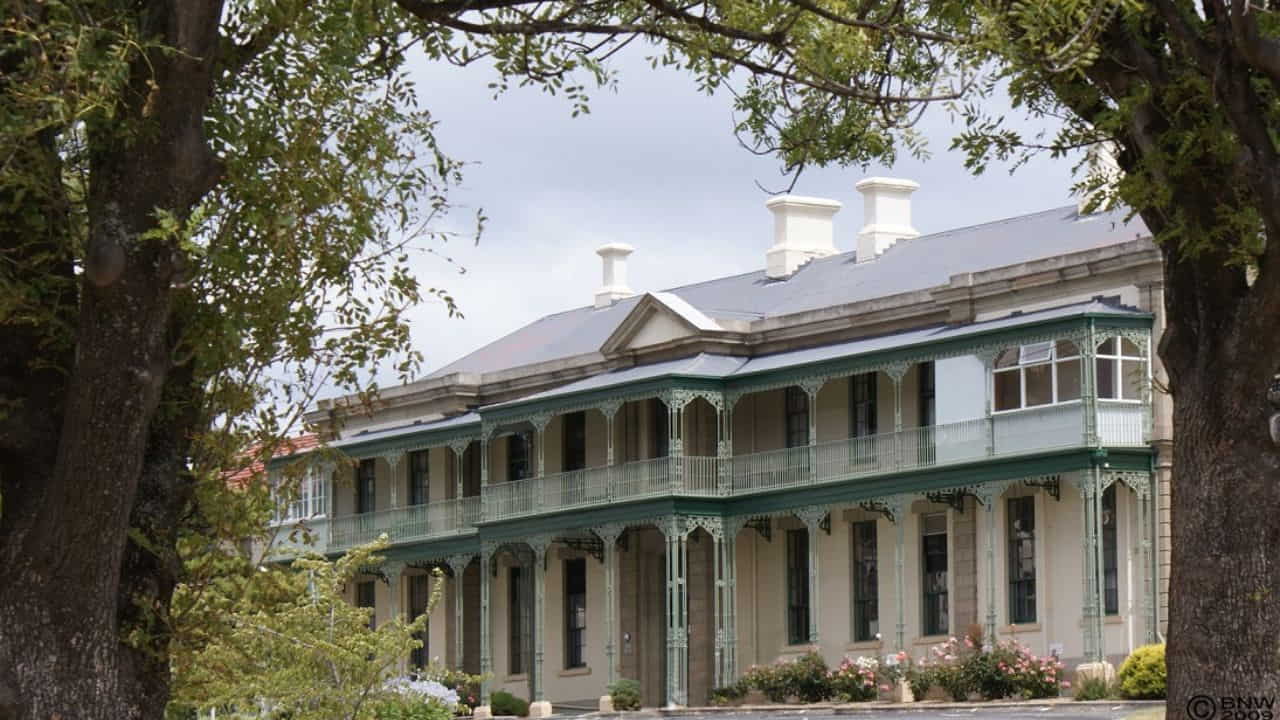Tasmania’s history holds many stories of community care, and its orphanages played a key role in shaping the lives of children who had no family to turn to.
From purpose-built institutions in the colonial era to faith-based homes in the 20th century, these places tell a complex tale of welfare, architecture, and local heritage.
Today, some of these sites remain as heritage buildings, while others have transitioned into new uses or organisations. They stand as reminders of both the hardships and the care efforts that shaped Tasmanian society.
Disclaimer: Information on this page is based on historical records and credible sources, but details such as access, current use, or contact points may have changed.
Always check official channels or contact the organisation directly for the most up-to-date information.
1. Queen’s Orphan Asylum – First purpose-built orphan institution in Tasmania
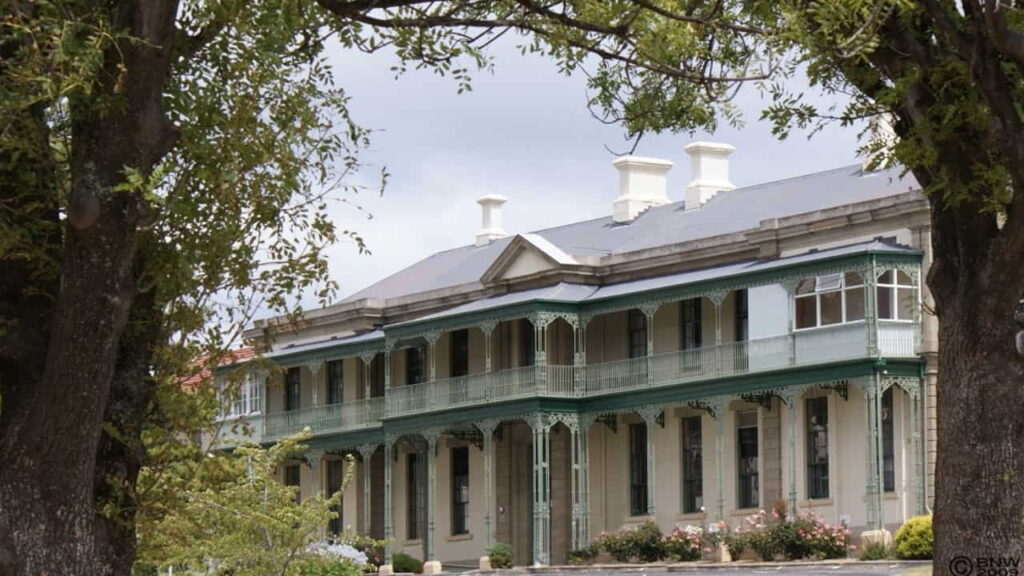
Originally opened in 1833, the Queen’s Orphan Asylum was the first of its kind in Van Diemen’s Land, designed to house orphaned, destitute, and neglected children.
The site later became the New Town Charitable Institution and eventually St John’s Park, but its original structures still reflect early colonial welfare architecture.
This history gives locals in New Town a direct link to the island’s formative years in child care.
Contact & Location
- Address: Queen’s Orphan Asylum, St John’s Park Precinct, New Town Road, New Town, TAS 7008
- Website: Find & Connect – Queen’s Orphan Asylum
Opening Hours
| Day | Hours |
|---|---|
| Monday | Not open to public (heritage site access by appointment) |
| Tuesday | By appointment |
| Wednesday | By appointment |
| Thursday | By appointment |
| Friday | By appointment |
| Saturday | Closed |
| Sunday | Closed |
Key features
Before you explore the heritage grounds, it’s worth knowing that the site offers guided heritage tours on request and access to archival materials for researchers.
- Heritage site tours: Available (bookings essential)
- Historical archives: Yes (research access)
- On-site heritage interpretation signage: Yes
Some visitors ask whether they can simply walk in to look around. As the site is now part of a health and aged care precinct, public access is limited, but guided visits provide rich context and safe access to key buildings.
A local landmark with deep roots
With its rare intact colonial orphanage buildings, this location attracts heritage buffs and locals curious about Tasmania’s welfare history. Ideal for those in New Town looking for a slice of history close to home.
2. The Orphan Schools (Queen’s Orphan Schools) – Heritage precinct in New Town
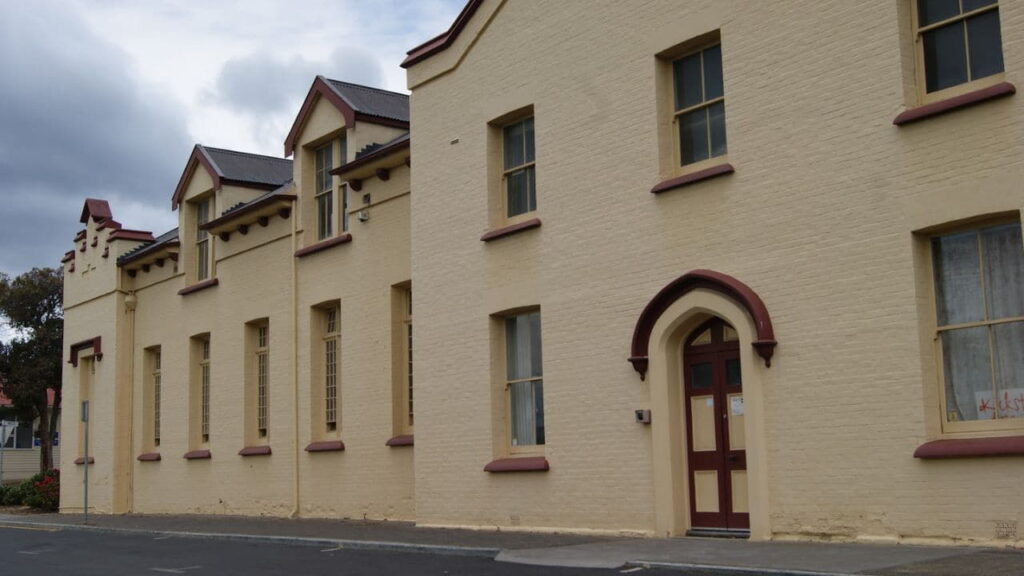
Linked closely with the Queen’s Orphan Asylum, the Orphan Schools form part of the St John’s Avenue heritage area, alongside St John’s Church.
Constructed in the early 1830s under architect John Lee Archer, the precinct stands as a unique survival of early institutional design.
Contact & Location
- Address: The Orphan Schools, St John’s Avenue, New Town, TAS 7008 (adjacent to St John’s Anglican Church)
- Website: Female Convicts Research Centre – Orphan Schools
Opening Hours
| Day | Hours |
|---|---|
| Monday | Not open to public (tours available on scheduled days) |
| Tuesday | Closed |
| Wednesday | Closed |
| Thursday | Closed |
| Friday | Closed |
| Saturday | Scheduled open days only |
| Sunday | Scheduled open days only |
Key features
This precinct is managed with a focus on heritage preservation and storytelling, often involving community groups like the Friends of the Orphan Schools.
- Guided heritage tours: Yes (set dates)
- Interpretation displays: Yes
- Research access: Limited, via arranged groups
People often wonder if the church and school tours are combined they are, and this makes for a richer experience that connects architecture, education history, and community memory.
Why heritage seekers love it
Its architectural value and layered history make it an essential stop for anyone tracing Hobart’s social past. Perfect for history lovers near the heart of New Town.
3. Clarendon Children’s Home – Anglican care, New Town to Kingston Beach
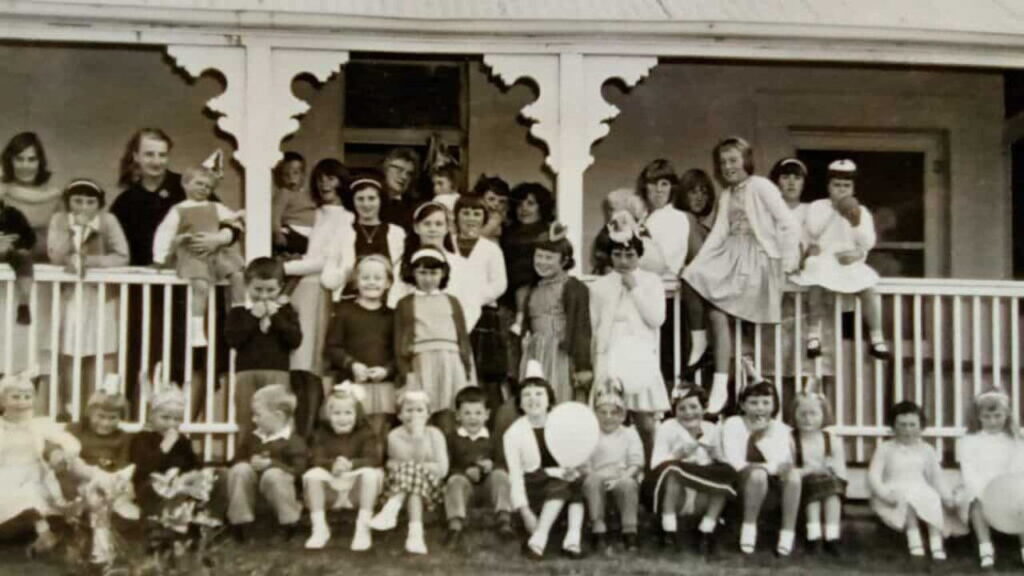
Established in 1922, Clarendon Children’s Home began in New Town before moving in 1945 to the Mount Royal property in Kingston Beach.
The move brought a more home-like environment with spacious grounds, marking a shift from large scale dormitories to a cottage-style model in the 1970s.
Contact & Location
- Address: Clarendon Children’s Home (historical site), 2–4 Midwood Street, New Town, TAS 7008 / Mount Royal, Kingston Beach, TAS 7050
- Website: Find & Connect – Clarendon Children’s Home
Opening Hours
| Day | Hours |
|---|---|
| Monday | Historical site – not open to public |
| Tuesday | Closed |
| Wednesday | Closed |
| Thursday | Closed |
| Friday | Closed |
| Saturday | Closed |
| Sunday | Closed |
Key features
Although the home closed in 2004, its successor organisation continues early-intervention care programs for children and families.
- Legacy programs funded via trust
- Historical records access (by request)
- Strong community outreach history
A frequent query is whether the Kingston Beach property still operates it does not as a children’s home, but the location remains significant in community memory and archival records.
Why it matters to locals
With its shift to more personal, cottage-style care, Clarendon became a model of changing welfare philosophies. A touchpoint for those in Kingston Beach and New Town tracing local or family history.
4. Clarendon Children’s Home Inc – Successor organisation
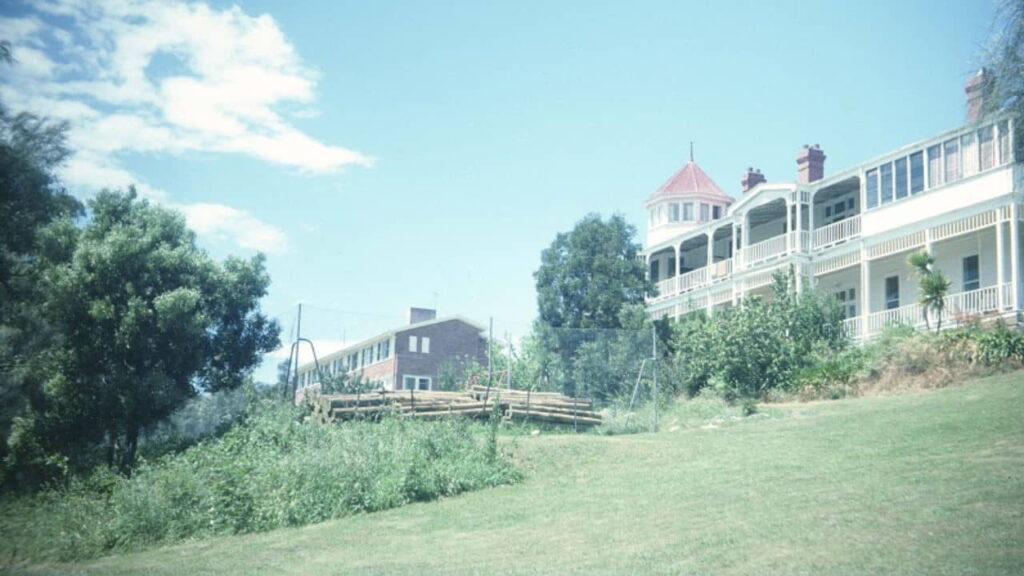
After the closure of Clarendon Children’s Home in 2004, Clarendon Children’s Home Inc was formed to continue its mission in a new capacity.
While it no longer operates as a residential care facility, the organisation maintains access to historical records and uses funds from the sale of Mount Royal to support child welfare initiatives in Tasmania.
Contact & Location
- Address: Clarendon Children’s Home Inc, 242 Liverpool Street, Hobart, TAS 7000
- Website: Find & Connect – Clarendon Children’s Home Inc
Opening Hours
| Day | Hours |
|---|---|
| Monday | By appointment only |
| Tuesday | By appointment only |
| Wednesday | By appointment only |
| Thursday | By appointment only |
| Friday | By appointment only |
| Saturday | Closed |
| Sunday | Closed |
Key features
This organisation bridges past and present by supporting current child welfare programs while acting as a custodian of Clarendon’s history.
- Records and archival access: Yes (arranged)
- Funding support for community projects: Yes
- Heritage information available: Yes
One common question is whether families can still access old case files. Yes records are available to former residents and their families, with privacy protocols in place.
Local relevance
By keeping the legacy alive through funding and archives, it remains a resource for Hobart locals researching family histories or seeking assistance connected to the original Clarendon programs.
5. St Joseph’s Orphanage (Aikenhead House) – Catholic orphanage for girls and later boys, Hobart
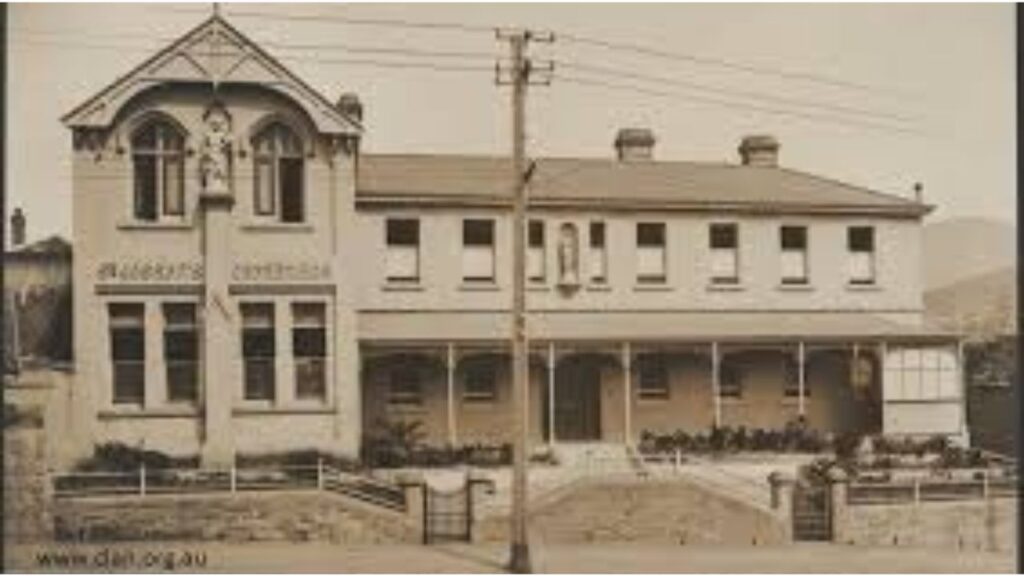
Opened in 1879 by the Sisters of Charity, St Joseph’s began as an orphanage for Catholic girls before later accepting boys in the 1960s.
It operated from 72 Harrington Street until its closure in 1970, when children were moved to smaller, family style homes.
Contact & Location
- Address: St Joseph’s Orphanage (historical site), 72 Harrington Street, Hobart, TAS 7000
- Website: Find & Connect – St Joseph’s Orphanage
Opening Hours
| Day | Hours |
|---|---|
| Monday | Not open to public (private building) |
| Tuesday | Closed |
| Wednesday | Closed |
| Thursday | Closed |
| Friday | Closed |
| Saturday | Closed |
| Sunday | Closed |
Key features
The building is now in private use, but its history remains accessible through archives and heritage resources.
- Archival access: Yes (via Sisters of Charity or Find & Connect)
- Historical photographs available: Yes
- Part of Catholic welfare heritage tours: Occasionally
Visitors often ask if they can tour the building unfortunately, internal tours are rare due to its private ownership, but records and images are available for research.
Why it’s remembered
Its role in transitioning from large-scale institutional care to smaller homes makes it a key example of changing welfare approaches in Hobart’s Catholic community.
6. Boys’ Town, Glenorchy – Residential care and schooling for orphaned boys
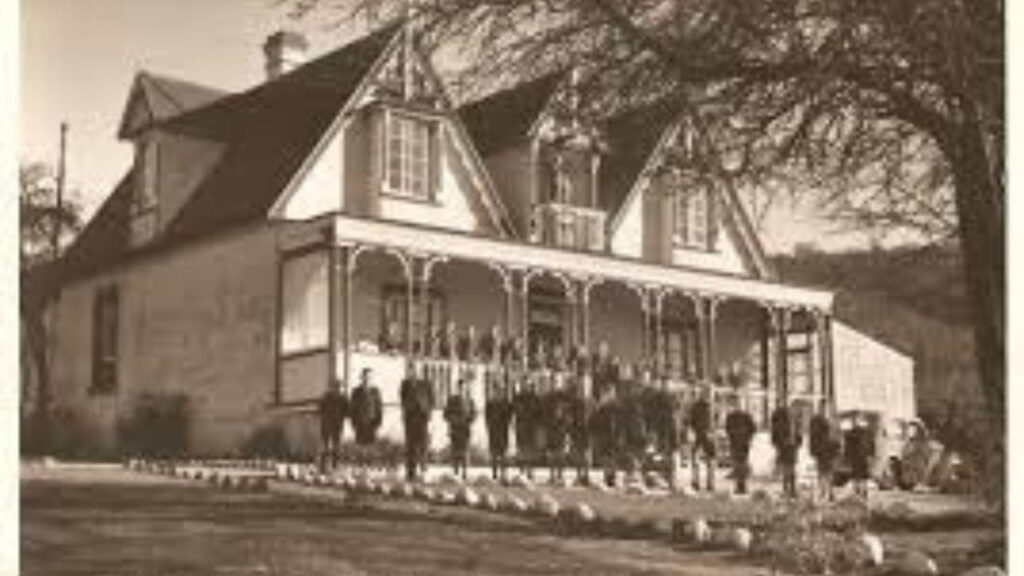
Founded in 1945 on the Grantleigh estate in Glenorchy, Boys’ Town provided both accommodation and schooling for orphaned boys, including British child migrants.
It operated until 1956, later becoming Savio College and then Dominic College.
Contact & Location
- Address: Boys’ Town (historical site), Tolosa Street, Glenorchy, TAS 7010 (near present-day Dominic College)
- Website: Find & Connect – Boys’ Town
Opening Hours
| Day | Hours |
|---|---|
| Monday | Not open to public (school grounds) |
| Tuesday | Closed |
| Wednesday | Closed |
| Thursday | Closed |
| Friday | Closed |
| Saturday | Closed |
| Sunday | Closed |
Key features
Today, the location forms part of Dominic College’s campus.
- Historic building remains: Limited
- School history archives: Yes
- Memorials for British child migrants: Yes
People sometimes wonder if any original Boys’ Town buildings still stand some structures have been repurposed, but much of the site has been adapted for the school’s needs.
Why it resonates locally
With its unique mix of care and education, Boys’ Town left a lasting imprint on Glenorchy’s community memory, especially among families connected to British child migration.
7. Wybalenna / Oyster Cove connections – Aboriginal children and Queen’s Orphan Asylum
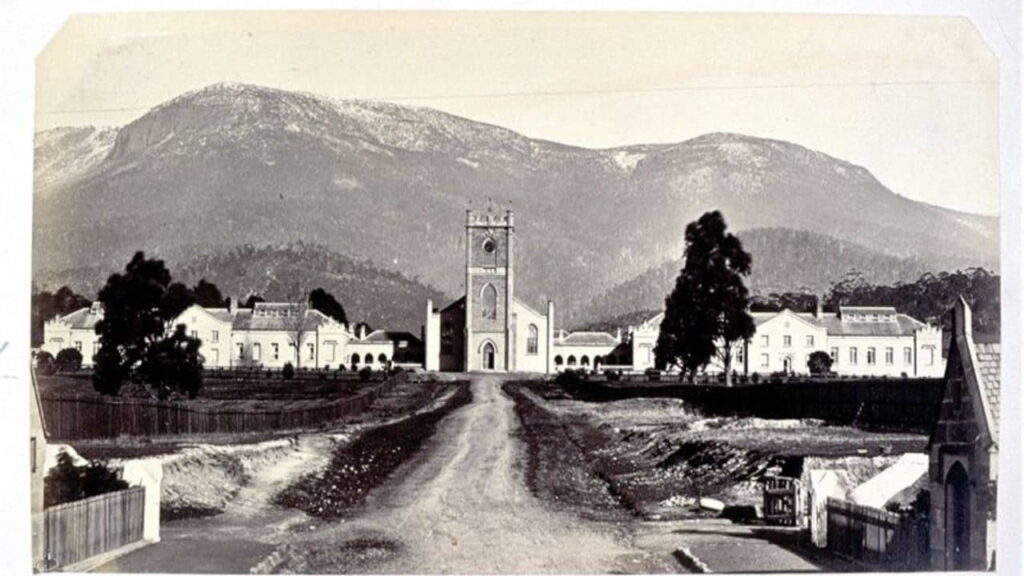
Though not a separate orphanage, this history is tied to Queen’s Orphan Asylum, where some Aboriginal children from Wybalenna and Oyster Cove were placed.
It reflects a significant and difficult chapter in Tasmania’s colonial history.
Contact & Location
- Address: Historical context spans Wybalenna, Flinders Island, TAS 7255 and Oyster Cove, TAS 7112
- Website: Find & Connect – Queen’s Orphan Asylum
Opening Hours
| Day | Hours |
|---|---|
| Monday | Not applicable |
| Tuesday | Not applicable |
| Wednesday | Not applicable |
| Thursday | Not applicable |
| Friday | Not applicable |
| Saturday | Not applicable |
| Sunday | Not applicable |
Key features
This is a historical connection rather than a visitable site, but records and related heritage interpretation are available in archives and museums.
- Archival records: Yes
- Museum displays: Yes (varies by institution)
- Research guides: Yes
One common question is whether descendants can trace family connections yes, through archival research with organisations like Find & Connect or local Aboriginal heritage groups.
Cultural importance
It highlights the impact of colonial policies on Aboriginal families and remains an important subject for reconciliation and community understanding in Tasmania.
Locals and visitors alike can gain new insights by exploring these orphanage histories.
Whether you’re tracing family roots, researching Tasmanian welfare history, or simply curious about heritage sites near you, each of these locations offers a unique piece of the island’s story.
